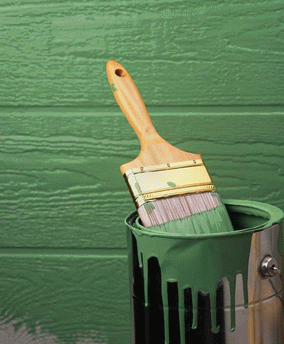Lighting (or lack of) is one of those things that can make or break a video production. Whether you're live on air or working in post-production, getting your lighting right in advance will save all parties involved a lot of time, effort and frustration. With this in mind it pays to be switched on, and is a subject which is well worth giving some careful consideration.
Fluorescents or LED's?
Here at Planet PC we sell a range of lights but recently we've been getting a lot of questions about fluorescents vs. LED's. Continue reading and hopefully we'll shed a little light on the topic.
One of the main benefits of fluorescents is cost. Although cheaper than their LED counterparts they do give out more heat (although less than halogens) and generally offer a decent level of dispersion. This means that fluorescents are ideal for lighting a bigger space and for anyone on a budget. Why not check out the Lishuai LS-255A if you're looking for a great value for money fluorescent with some great features (did we mention they're dimmable too!).
LED's on the other hand tend to be more expensive but are generally more efficient and give out virtually no heat which means they're great for use in confined spaces and for long shoots where heat might be an issue (we all know how hard it can be keeping the talent happy).
If you like the sound of a dimmable bi-colour have look at the Datavision LEDGO 600BC. Featuring a V-Mount battery plate, built in barn doors and with a range of filters included this would make an excellent addition to any professional kit.
Whether you choose a portable kit or a more permanent solution will ultimately depend on you and the work you do. If you're on a budget and looking to do chroma key work in a studio then fluorescents such as those by Lishuai would be ideal. Alternatively if money is no option and you need a portable solution have a look at Ianiro's Redhead kits. One thing to bear in mind is that it's often easier to use a portable solution within a studio than the other way around, especially once you start to factor in things such as lighting bars and stands. Many of the lights on our website come as kits, complete with cases which means they're easy to transport and carry around, ideal for anyone who isn't purely studio based.
 |
| Lishuai LED144AS |
So whatever your lighting needs whether it's portable or studio lighting you require, here at Planet PC we provide a wide range of lighting and accessories for a multitude of requirements whatever your budget.
Check out www.planetdv.net for the full range, or why not give our sales team a call on 01274 713400.








